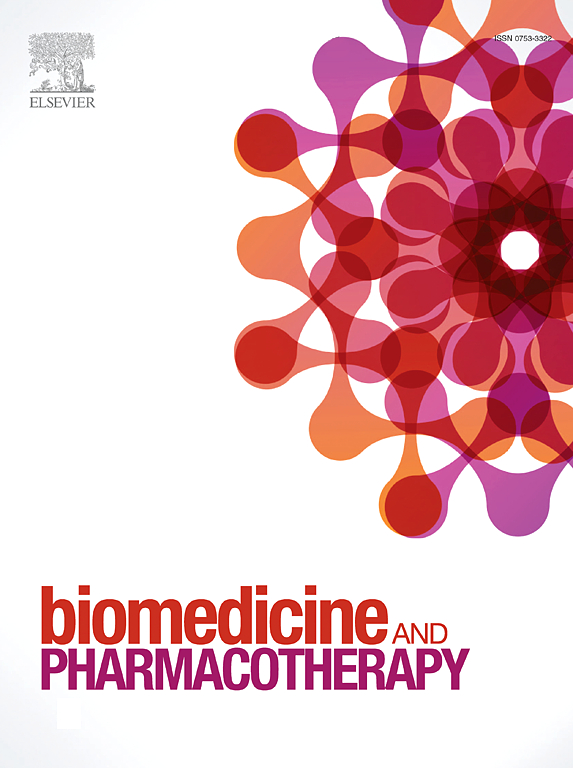Unveiling the interplay between soluble guanylate cyclase activation and redox signalling in stroke pathophysiology and treatment
IF 6.9
2区 医学
Q1 MEDICINE, RESEARCH & EXPERIMENTAL
引用次数: 0
Abstract
Soluble guanylate cyclase (sGC) stands as a pivotal regulatory element in intracellular signalling pathways, mediating the formation of cyclic guanosine monophosphate (cGMP) and impacting diverse physiological processes across tissues. Increased formation of reactive oxygen species (ROS) is widely recognized to modulate cGMP signalling. Indeed, oxidatively damaged, and therefore inactive sGC, contributes to poor vascular reactivity and more severe neurological damage upon stroke. However, the specific involvement of cGMP in redox signalling remains elusive. Here, we demonstrate a significant cGMP-dependent reduction of reactive oxygen and nitrogen species upon sGC activation under hypoxic conditions, independent of any potential scavenger effects. Importantly, this reduction is directly mediated by downregulating NADPH oxidase (NOX) 4 and 5 during reperfusion. Using an in silico simulation approach, we propose a mechanistic link between increased cGMP signalling and reduced ROS formation, pinpointing NF-κB1 and RELA/p65 as key transcription factors regulating NOX4/5 expression. In vitro studies revealed that p65 translocation to the nucleus was reduced in hypoxic human microvascular endothelial cells following sGC activation. Altogether, these findings unveil the intricate regulation and functional implications of sGC, providing valuable insights into its biological significance and ultimately therapeutic potential.
揭示可溶性鸟苷酸环化酶激活和脑卒中病理生理和治疗中的氧化还原信号之间的相互作用。
可溶性鸟苷环化酶(sGC)是细胞内信号通路的关键调控元件,介导环鸟苷单磷酸(cGMP)的形成并影响组织中的多种生理过程。活性氧(ROS)的形成增加被广泛认为可以调节cGMP信号。事实上,氧化损伤,因此不活跃的sGC,导致血管反应性差和中风时更严重的神经损伤。然而,cGMP在氧化还原信号传导中的具体参与仍然是难以捉摸的。在这里,我们证明了缺氧条件下sGC激活时活性氧和活性氮的显著cgmp依赖性减少,独立于任何潜在的清除剂作用。重要的是,这种减少是通过再灌注期间下调NADPH氧化酶(NOX) 4和5直接介导的。通过计算机模拟方法,我们提出了cGMP信号传导增加和ROS形成减少之间的机制联系,并指出NF-κB1和RELA/p65是调节NOX4/5表达的关键转录因子。体外研究显示,缺氧的人微血管内皮细胞在sGC激活后,p65向细胞核的易位减少。总之,这些发现揭示了sGC的复杂调控和功能意义,为其生物学意义和最终的治疗潜力提供了有价值的见解。
本文章由计算机程序翻译,如有差异,请以英文原文为准。
求助全文
约1分钟内获得全文
求助全文
来源期刊
CiteScore
11.90
自引率
2.70%
发文量
1621
审稿时长
48 days
期刊介绍:
Biomedicine & Pharmacotherapy stands as a multidisciplinary journal, presenting a spectrum of original research reports, reviews, and communications in the realms of clinical and basic medicine, as well as pharmacology. The journal spans various fields, including Cancer, Nutriceutics, Neurodegenerative, Cardiac, and Infectious Diseases.

 求助内容:
求助内容: 应助结果提醒方式:
应助结果提醒方式:


